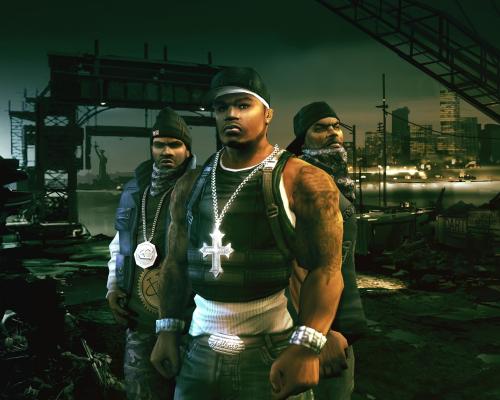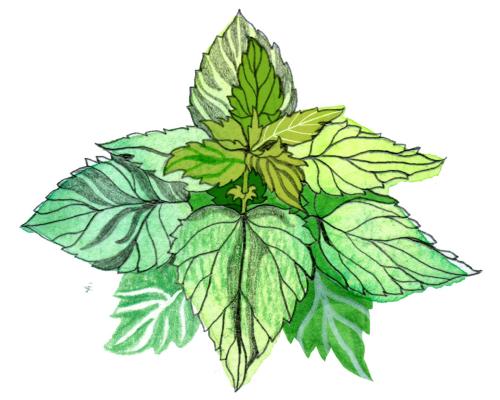
Forget levels and loading screens—today’s most captivating games let you roam freely, discover secrets, and write your own story. Open-world games have become the defining genre of modern gaming, offering players not just gameplay, but immersion.
And for many, exploration has replaced victory as the ultimate reward.
What Defines an Open-World Game?
An open-world game gives players access to a large, often seamless environment they can explore at will.
Key traits:
- Non-linear progression
- Side quests and hidden content
- Dynamic weather, time, and events
- Minimal restrictions on movement
It’s not just a map—it’s a living world.
How It All Started
Early signs of open-world ambition appeared in:
- The Legend of Zelda (1986) – exploration before hand-holding
- Elite (1984) – space trading with sandbox elements
- GTA III (2001) – the true revolution, with freedom, story, and chaos combined
Since then, tech and design evolved, leading to increasingly vast and detailed worlds.
Modern Classics That Defined the Genre
1. The Witcher 3: Wild Hunt
A narrative-rich world full of consequences, emotion, and dense lore. Every village has a story.
2. Breath of the Wild
Nintendo redefined exploration with physics-based mechanics and no imposed path. Curiosity drives progress.
3. Elden Ring
Dark Souls meets true freedom. No quest markers. No mercy. Just a mysterious world begging to be uncovered.
4. Red Dead Redemption 2
A cinematic Western sim with detail so rich, even your horse’s behavior changes over time.
5. Skyrim
A decade-old icon that still draws modders, speedrunners, and explorers daily.
The Psychology of Exploration
Why do players love open-worlds?
- Autonomy – you choose your path, pace, and style
- Discovery – secret caves, rare loot, hidden lore—surprises feel earned
- Immersion – when the world reacts to you, it feels real
- Flow – players enter deep focus while roaming and completing organic goals
Open worlds create a personal connection with the game that scripted levels rarely match.
Side Quests Are the New Main Story
In many open-world games, players:
- Skip the main plot
- Spend hours on side missions
- Lose themselves in world-building
Why?
Side quests often feel more human:
- Help a widow find closure
- Solve a village’s ghost problem
- Hunt rare beasts for trophies
- Stumble on romance or betrayal
They create small narratives that stick with players longer than “save the world” plots.
Environmental Storytelling: A Quiet Revolution
Open-worlds tell stories without words.
- A battlefield of skeletons tells of a forgotten war
- A broken wagon hints at bandit ambushes
- A child’s drawing in a ruined home breaks your heart
This show, don’t tell design pulls players deeper than dialogue alone.
The Technical Challenge of Massive Worlds
Open-worlds are hard to build.
Issues developers face:
- Pop-in textures and rendering lag
- AI pathfinding across huge terrain
- Balancing freedom with narrative
- Creating variety without bloating the map
Studios like Rockstar, Bethesda, and CD Projekt Red spend years refining these systems.
Procedural vs Hand-Crafted Worlds
Procedural generation (like Minecraft) offers infinite replayability. But it risks feeling soulless.
Hand-crafted worlds (Ghost of Tsushima, Horizon Zero Dawn) may be finite—but they feel alive and meaningful.
Hybrid approaches are emerging: curated core with randomized elements for freshness.
The Future of Open-World Gaming
Expect:
- AI-powered NPCs with unique behaviors
- Evolving worlds that react over time to your choices
- Multiplayer open-worlds with real-time cooperation or competition
- Cloud-rendered scale beyond console limits
Games won’t just be open—they’ll be adaptive, personalized, and persistent.
Final Thoughts
Open-world games aren’t just a genre. They’re a philosophy: give players freedom, and they’ll create their own meaning.
These worlds are no longer just backdrops. They’re the main character, inviting exploration, storytelling, and identity.
In an era of control and clutter, the joy of wandering—of not knowing what you’ll find next—is more powerful than ever.







